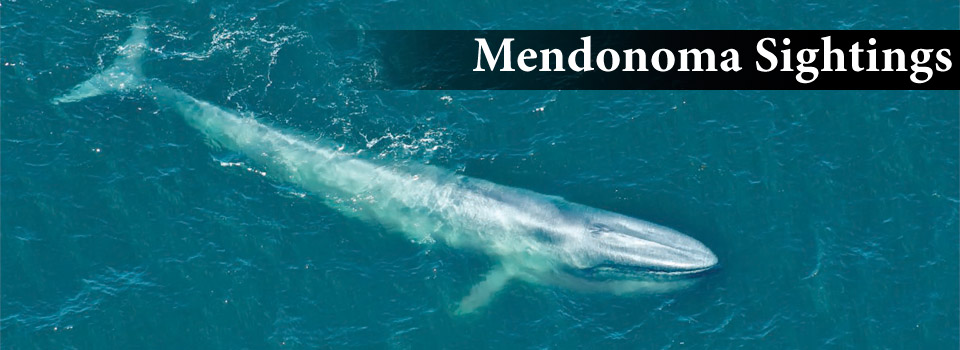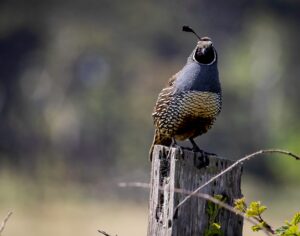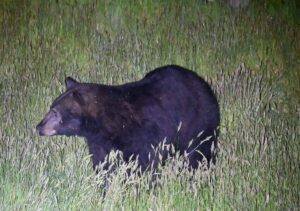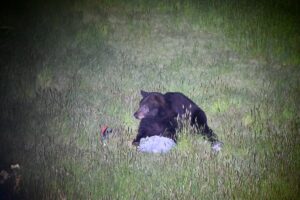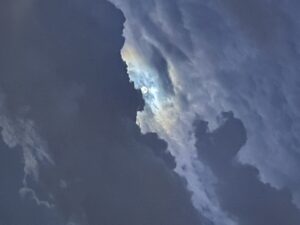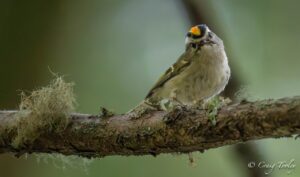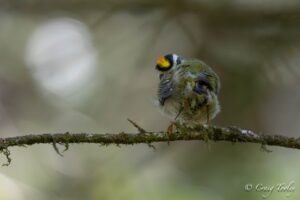If you look close at Pam Powell's beautiful photo, you will such exquisite details of this male California Quail.
The black feather on his head? It's actually three feathers! These birds are pairing off now, and chicks may soon appear. I found this Fun Fact on the Cornell Lab of Ornithology's website:
"Several California Quail broods may mix after hatching, and all the parents care for the young. Adults that raise young this way tend to live longer than adults that do not."
You can listen to their calls at this link: https://www.allaboutbirds.org/guide/California_Quail/sounds
Thanks to Pam for allowing me to share her photo with you here.
It's breezy today and warm. 80 degrees this afternoon!
